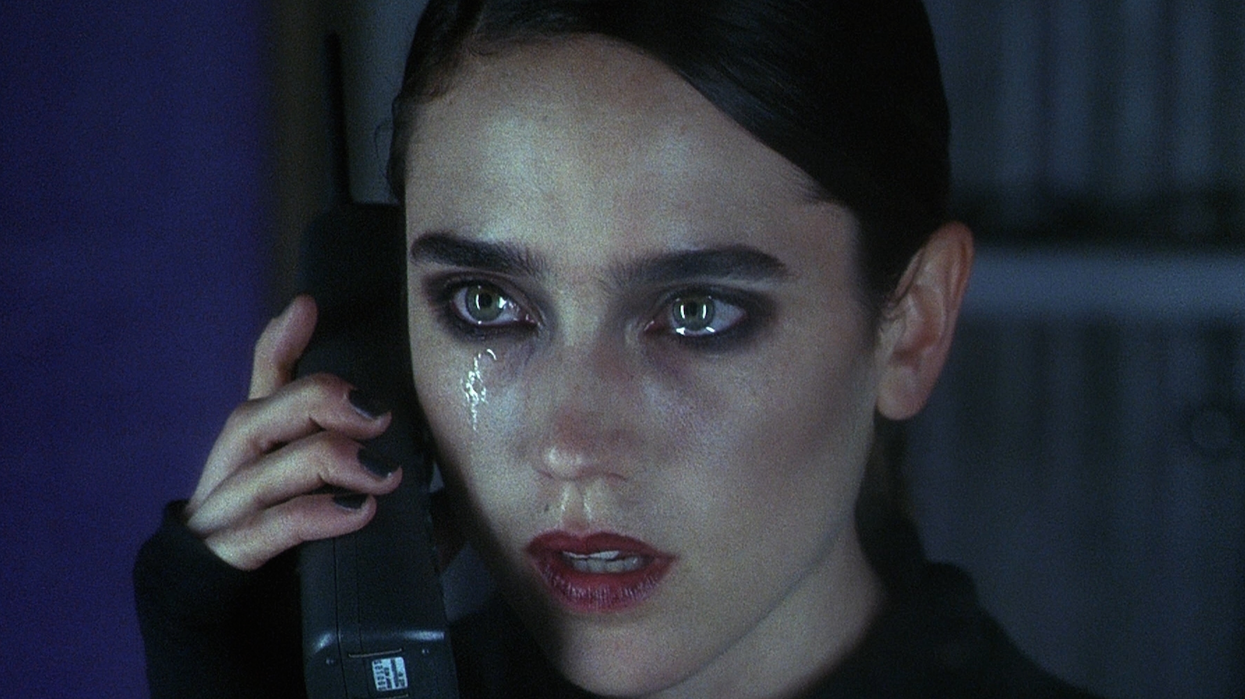Watch: What if Every Film Were Manically Edited Like 'Requiem for a Dream'?
A new video applies the fast-paced editing of 'Requiem for a Dream' to other iconic movies, such as 'Memento' and 'Psycho.'

A confluence of many elements make Darren Aronofsky's Requiem for a Dream an intense and disturbing experience: extreme close-ups, the disorienting use of the Snorricam, isolated and distorted sounds, and riveting performances. But it's Jay Rabinowitz's editing that both coheres and fractures the narrative, giving rise to the experience of desperate withdrawal cravings, drug-fueled ecstasy, delirium, and mania. Cutting from the dilated pupils of an eye to a line of cocaine being inhaled, Rabinowitz unsettles the audience by casting aside their expectations. In such a fast-paced world, anything could happen next; we experience the anxiety and frenzy of the characters. (To learn about Rabinowitz 's editing techniques on Requiem for a Dream, watch this video.)
A new video exercise from Fandor Keyframe applies this editing technique to a variety of classic films, from Memento to Psycho to Lost in Translation. (The Psycho segment is particularly terrifying.) Because each of the films featured has a disparate editing style—in Lost in Translation, long takes rule, while Memento is famous for its disjointed editing—the result is somewhat of an experimental narrative challenge. After being Requiem for a Dream-ified, the essence of the films prevail, but the details of the narrative are hung out to dry.
How would you apply this style to your next project?
Source: Fandor Keyframe












